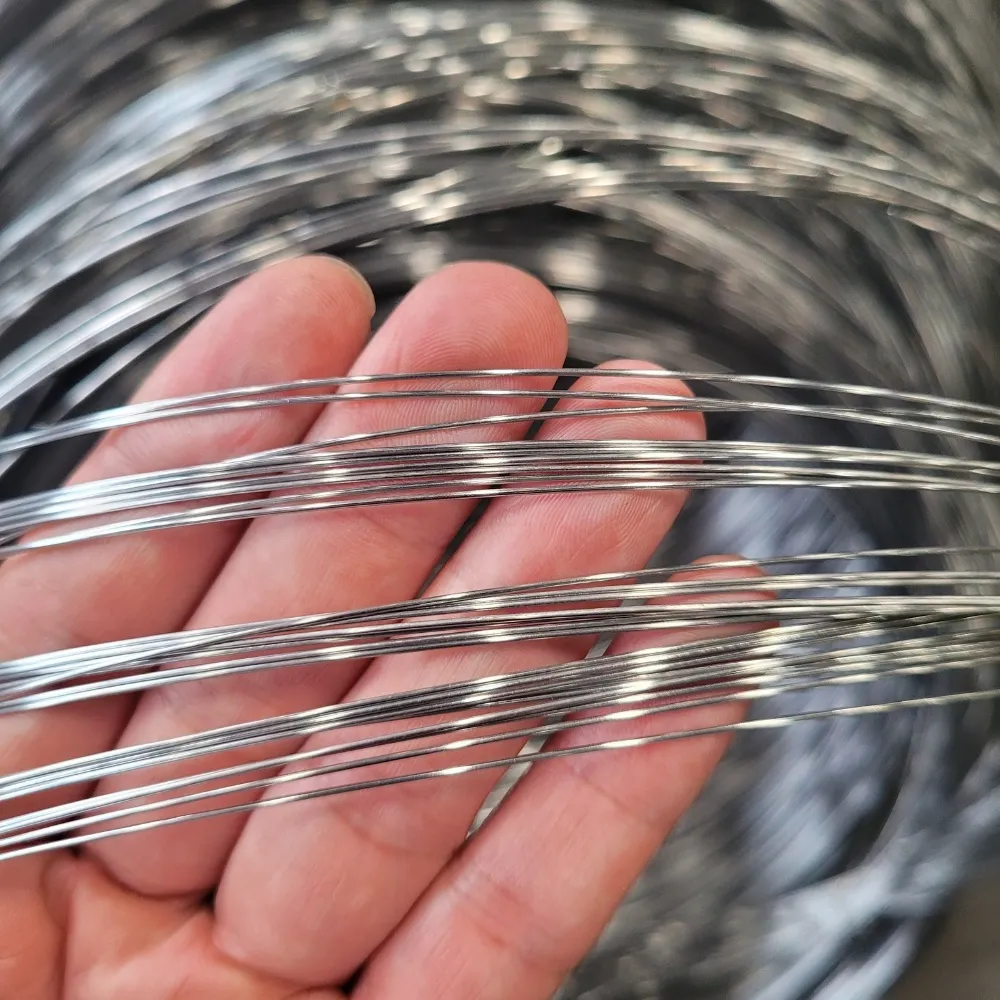Feb . 16, 2025 04:50
Back to list
nails to use for fence
Choosing the right nails for your fencing project is crucial in ensuring the fence's longevity, durability, and overall appearance. This may seem like a simple decision at first, but various factors such as material type, fence design, and environmental conditions can significantly influence the type of nails you should use. In this comprehensive guide, we'll delve into expert insights that will guide you in making the best choices for your next fencing project.
The size of the nail is another important factor that depends on the fence's design and the type of wood used. Common sizes range from 1.5 inches for picket or decorative fences to 3.5 inches for larger, privacy or security fences. Selecting the right size ensures that the nails penetrate deep enough to hold the boards firmly in place without splitting the wood. Nail type also affects the aesthetic appeal of the fence. Spiral and ring shank nails provide extra holding power and are preferred for preventing boards from loosening over time. For a clean, professional finish, consider nails with smaller heads or those specifically designed for outdoor finishing work. When installing a fence in areas prone to high winds or heavy snowfall, it's advisable to space your nails closer together to provide extra stability. In such scenarios, choosing nails with superior holding strength becomes even more critical to withstand environmental stress. Considering the environmental impact and sustainability is becoming increasingly important in construction projects. Opting for nails coated with environmentally friendly materials and sourcing your lumber and nails from reputable suppliers who prioritize sustainable practices can contribute positively to your project’s environmental footprint. Finally, always prioritize safety during installation. Ensure you are using the correct tools and protective gear to minimize the risk of injury. Proper installation not only enhances the fence's appearance but also extends its lifespan, ensuring your investment withstands the test of time. In conclusion, selecting the right nails for your fencing project intertwines with understanding the specific needs of your environment and the characteristics of the materials in use. By investing time in choosing the appropriate nails based on these factors, you ensure the creation of a sturdy, long-lasting, and visually appealing fence that will serve its purpose for years to come.


The size of the nail is another important factor that depends on the fence's design and the type of wood used. Common sizes range from 1.5 inches for picket or decorative fences to 3.5 inches for larger, privacy or security fences. Selecting the right size ensures that the nails penetrate deep enough to hold the boards firmly in place without splitting the wood. Nail type also affects the aesthetic appeal of the fence. Spiral and ring shank nails provide extra holding power and are preferred for preventing boards from loosening over time. For a clean, professional finish, consider nails with smaller heads or those specifically designed for outdoor finishing work. When installing a fence in areas prone to high winds or heavy snowfall, it's advisable to space your nails closer together to provide extra stability. In such scenarios, choosing nails with superior holding strength becomes even more critical to withstand environmental stress. Considering the environmental impact and sustainability is becoming increasingly important in construction projects. Opting for nails coated with environmentally friendly materials and sourcing your lumber and nails from reputable suppliers who prioritize sustainable practices can contribute positively to your project’s environmental footprint. Finally, always prioritize safety during installation. Ensure you are using the correct tools and protective gear to minimize the risk of injury. Proper installation not only enhances the fence's appearance but also extends its lifespan, ensuring your investment withstands the test of time. In conclusion, selecting the right nails for your fencing project intertwines with understanding the specific needs of your environment and the characteristics of the materials in use. By investing time in choosing the appropriate nails based on these factors, you ensure the creation of a sturdy, long-lasting, and visually appealing fence that will serve its purpose for years to come.
Share
Latest news
-
Innovations in Razor Barbed Wire Design TechnologyNewsAug.11,2025
-
Roofing Nail Compatibility with Different Metal Roof TypesNewsAug.11,2025
-
Welded Wire Mesh for Rockfall Protection BarriersNewsAug.11,2025
-
Galvanized Wire Corrosion Resistance TestingNewsAug.11,2025
-
3D Fence Solutions Preventing Bird CollisionsNewsAug.11,2025
-
Using Chain Link Fence for Urban Garden SupportNewsAug.11,2025




